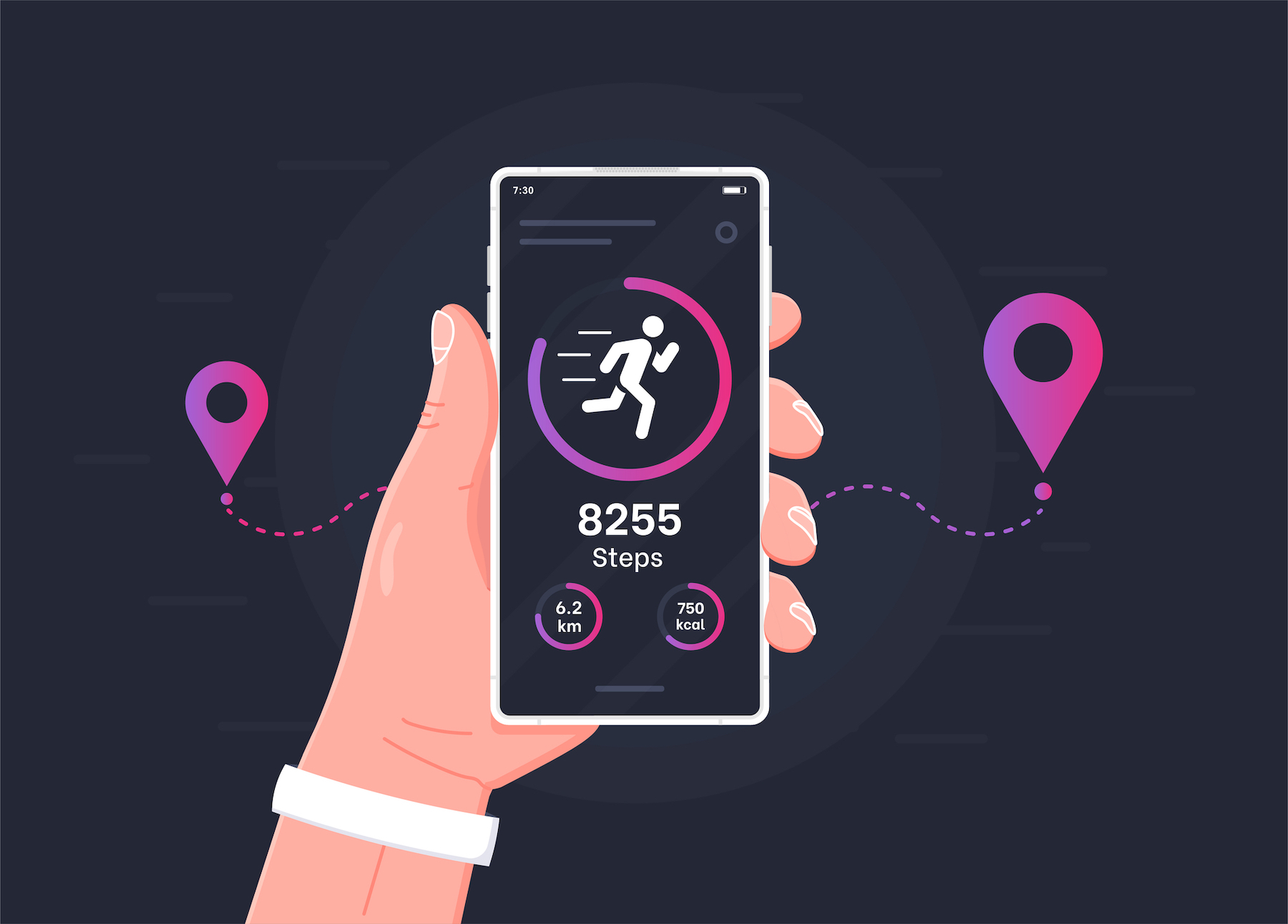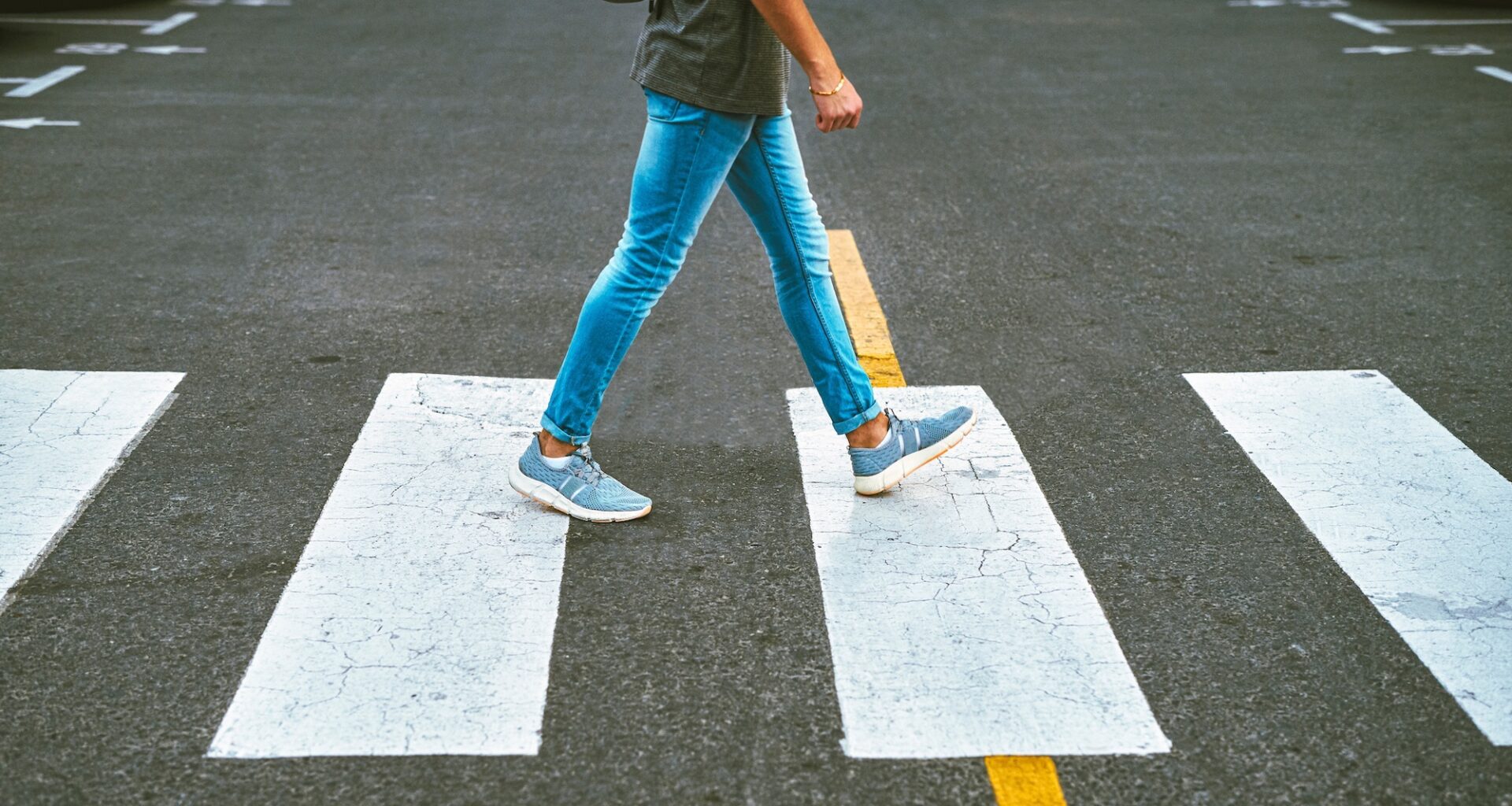Get the Popular Science daily newsletter💡
Breakthroughs, discoveries, and DIY tips sent every weekday.
In 1965, Yamasa Tokei Keiki, a Japanese clock and instrument company, released the first consumer pedometer and fitness wearable. The launch came in the aftermath of the 1964 Tokyo Olympics and amid concerns that–contrasted with the professional athletes–the rest of the nation wasn’t moving enough. The device was dubbed the Manpo-kei, which translates to the “ten-thousand step-meter.” And here, a persistent wellness trope was born.
In the era of Fitbits, Apple Watches, Oura rings, and smartphones that can track our every move, you’ve almost certainly heard that 10,000 steps a day is the target. But why? How did that come to be the case?
“There were no actual studies that had looked at ‘10,000 steps,’” at the time the Yamasa pedometer was developed, I-Min Lee, an epidemiologist at Harvard Medical School, tells Popular Science. “It was a made-up number in the sense that 10,000 sounds good, it’s easy to remember.”
Plus, the character denoting 10,000 looks a little like a person walking, she notes, adding “pizazz.” In other words, the fitness objective started out as little more than a marketing strategy.
 The Japanese kanji that denotes 10,000.
The Japanese kanji that denotes 10,000.
It’s only been in the last decade or so that scientists like Lee have really started to investigate the idea. In 2019, she and co-authors published a study of step volume and all-cause mortality among older women. They found that far less than 10,000 steps could make a big difference for longevity. Women who averaged around 4,400 steps had significantly lower mortality rates over four years of follow-up than those who averaged about 2,700 steps. At higher activity levels, mortality rates decreased further. However, the apparent benefit petered out at about 7,500 steps. “This is the sweet spot,” she says.
A new study published last month in The Lancet suggests that trend holds true, not just for older women, but across age and gender divides. In a major review and meta-analysis of previously published work, researchers pooled and assessed data from hundreds of thousands of people across dozens of studies of mortality, disease risk, and even falls with fresh eyes. They found that “you start to see pretty profound benefits much sooner than 10,000 steps,” says Philip Clare, co-senior study author and a biostatistician at the University of Sydney in Australia.
Perhaps unsurprisingly, rates of dementia, cancer mortality, heart disease, falls, and all-cause mortality (i.e. cause of death for any reason) are all significantly lower for people who take more daily steps compared with their less active peers. But for all of these outcomes, the plots relating steps to risk are curves, not straight lines. Initially, the gained benefits per added stride are steep. Going from 2,000 steps a day to just 4,000 or so is associated with about a 30 percent decrease in all-cause mortality, Clare says. If you get up to about 7,000 steps, the benefit falls to nearly a 50 percent risk reduction, per the analysis. And then, things start to level out. At higher activity levels,”you get kind of an incremental return,” he notes.
 The largest study on the threshold yet indicates there’s an easier number to aim for. Image: DepositPhotos
The largest study on the threshold yet indicates there’s an easier number to aim for. Image: DepositPhotos
Some of the factors they explored, like depressive symptoms, type 2 diabetes risk, and cancer incidence did follow a more linear trend, dropping continually with increased steps. But the caveat is that relatively few studies examined these associations, so there was less data to go off of. It’s quite possible that every additional amount of walking does improve mental health (at least up to the 12,000-step cut-off examined by the new research), but it’s simply not feasible to always be on the move. For those with desk jobs or generally sedentary lifestyles, trying to ever-maximizing steps to minimize health risk, or fixating on a single magic number might very well lead to more anxiety than it’s worth.
Public health messaging is important, say both Lee and Clare. If you offer people a target that seems out of reach from their starting point, they won’t try to reach it. It might be more discouraging than helpful, Lee explains. However, if you tell people evidence-based truth: that even modest increases in daily activity can lead to major health boosts, they might be less discouraged and more motivated to introduce new habits.
“My recommendation with steps is just as much as you can, try and make it routine,” Clare says. Don’t think of movement as separate from your day-to-day activities, but incorporate it in, he adds. Walk as part of your errands, park just a little farther away, take the stairs where available and slowly the pedometer will tick up.
“Even if all you can do is 1,000 steps more than what you’re already doing– just a little bit more–you’ll still see benefits.”

More deals, reviews, and buying guides
The PopSci team has tested hundreds of products and spent thousands of hours trying to find the best gear and gadgets you can buy.
Lauren Leffer is a science, tech, and environmental reporter based in Brooklyn, NY. She writes on many subjects including artificial intelligence, climate, and weird biology because she’s curious to a fault. When she’s not writing, she’s hopefully hiking.

